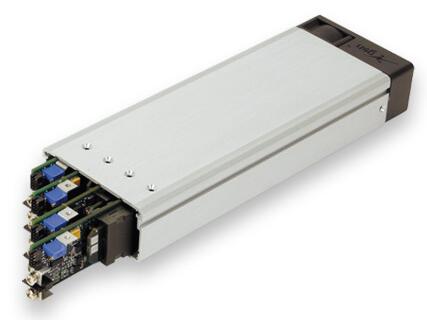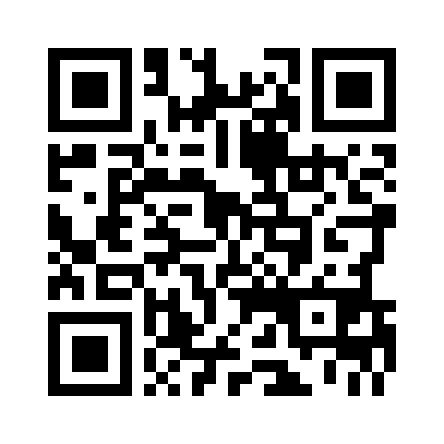background
Like many other applications, low-power, high-precision components enable the rapid growth of portable and wireless medical devices. However, unlike many other applications, such medical products often have much higher standards of reliability, uptime, and ruggedness. Much of this burden falls on the power system and its components. Medical products must operate correctly and seamlessly switch between multiple sources of power, such as AC outlets, backup batteries, and even the collected environmental energy sources. In addition, every effort must be made to provide protection and resistance to a wide range of fault conditions, to maximize the operating hours when relying on battery power, and to ensure that normal system operation is reliable each time an active power source is connected of.
Patient Care, a Key Factor Driving Growth in Portable and Wireless Medical Instrumentation
Currently, one of the major trends driving the growth of portable and wireless medical instrumentation is patient care. Specifically, this is the increasing use of telemonitoring systems in patients' own homes. The origin of this trend of development is essentially economic in nature, and it is simply prohibitive for patients to see the cost of treatment in a hospital. As a result, many such portable electronic monitoring systems must incorporate RF transmitters to be able to send any data collected from the patient directly back to the hospital's monitoring system for future review and analysis by the supervising physician.
Four Requirements for Power Management Architecture
In the face of the above scenario, it is reasonable to assume that the cost of providing a suitable home medical device to a patient is much lower than the cost of having the patient stay in the hospital for observation. However, the first and foremost point is that the equipment used by the patient must be reliable and easy to use. As a result, manufacturers and designers of these products must ensure that they can run seamlessly on multiple power supplies and provide high reliability in wirelessly transmitting data collected from patients. This requires designers to ensure that the power management architecture has a strong, flexible, compact and efficient features.
Power IC Solutions
Many applications in medical electronics require continuous power supply even in the event of an interruption in AC power; therefore, a critical requirement is to achieve low quiescent current to extend battery life. As a result, power supply IC manufacturers have been making switching regulators with standby quiescent current less than 30μA since 2010. In fact, some of our recent products have been reduced to only 2.5μA. As a result, these products are fully equipped for use in medical systems that provide backup power from the battery.
Although switching regulators produce more noise than linear regulators, their efficiency is far superior to the latter. It has been proven that in many sensitive applications, the noise and EMI levels are controllable as long as the switching power supply operates in a predictable manner. EMI can be minimized if the switching regulator performs switching at a constant frequency in normal mode and the switching pulse edges are clean and predictable without overshoot or high frequency ringing. Small package size and high operating frequency provide a compact layout that minimizes EMI emissions. In addition, if the regulator can be used with low ESR ceramic capacitors, the input and output voltage ripple can be minimized, and these ripple are additional sources of noise in the system.
The number of power rails in many feature-rich patient monitoring medical devices has increased, while the operating voltage has been declining. However, many such systems still require a wide 1.xV to 8.xV voltage range to power motors, low-power sensors, memory, microcontroller cores, I / O, and logic.
Traditionally, these rails have been provided by step-down switching regulators or low-dropout regulators. However, for those configurations that also include a backup battery in the system to handle the mains failure condition, such ICs are not optimized accordingly. So, when using buck - boost converter (which can boost the voltage or reduce the voltage), it will make the battery's entire operating range can be used. This increases the operating margin and extends the battery run time as more battery life is available, especially as it approaches the lower end of its discharge profile.
Power IC solutions special properties
Accordingly, the DC / DC converter solution used in portable medical instrumentation that may also be equipped with a main battery should have the following features:
1、A buck-boost DC / DC architecture with a wide input voltage range to regulate VOUT when using a wide range of battery-operated supplies and their associated voltage ranges;
2、in the work mode and shutdown mode are to provide ultra-low quiescent current to extend the battery run time;
3、can effectively supply voltage for the system voltage rail;
4、the current limit function for reducing the inrush current, thereby protecting the battery;
5、the solution board area, light weight, flat shape;
6、can provide advanced packaging to improve thermal performance and space efficiency.

AE's Healthcare Industry Power Products portfolio is designed to meet the most stringent safety and quality requirements. AE Power solutions are used by a number of the world's leading medical device manufacturers for a variety of applications, including: clinical diagnostic equipment, medical lasers, medical imaging, dialysis equipment, skin treatment and regeneration.
AE offers complete EN60601-1 and UL60601-1 certification, including the latest Third Edition standard, less than 300uA leakage current and 4kV isolation. The latest Excelsys product CX06M provides IEC60601-1 version 3 and IEC60601-1-2 version 4 (EMC) for medical applications. Excelsys Power Products specifically provide 200W-1450W power solutions to suit the medical industry.
in conclusion
A great opportunity has been presented for designing numerous medical systems that are battery powered and / or backed up by batteries. At the same time, system designers face some tough challenges in choosing the right power conversion solution to meet their key design goals, including without compromising efficiency, uptime and meeting radiated regulatory requirements and solution size The case complies with input-to-output voltage coverage limits, providing suitable power levels and ease of design.
Designing a solution that meets the goals of the system without affecting performance can be a daunting task. Fortunately, the AE power supply offers an increasing number of buck-boost converter solutions that simplify designs and deliver best-in-class performance because of their high efficiency over a wide load range, And maximize battery life between charging cycles.





